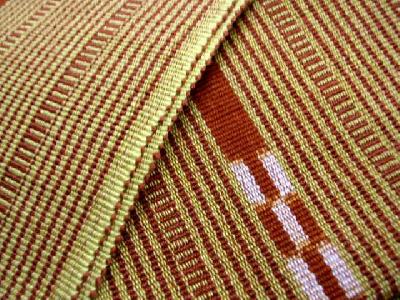|
Goryoukaku is a late-Edo period fortress located in Hakodate, Hokkaido. The star-shaped fortress is also known as Kameda Yakusho Dorui.
Goryoukaku was constructed on the orders of the Tokugawa Shogunate to provide an administrative center and place for defense following the opening of Hakodate as a port with the declaration of the Convention of Kanagawa.
The fortress is designed in a Western style, which was a standard form for war purposes. It was preliminarily made as a fortress against foreign threats, although it was later transformed into a government institution.
In 1922, the fortress was designated as a national ruin and in 1952 it was chosen as a special national ruin. Nowadays it is known as a beauty spot for cherry blossom.
Goryoukaku was constructed on the orders of the Tokugawa Shogunate to provide an administrative center and place for defense following the opening of Hakodate as a port with the declaration of the Convention of Kanagawa.
The fortress is designed in a Western style, which was a standard form for war purposes. It was preliminarily made as a fortress against foreign threats, although it was later transformed into a government institution.
In 1922, the fortress was designated as a national ruin and in 1952 it was chosen as a special national ruin. Nowadays it is known as a beauty spot for cherry blossom.
| [+ADDRESS] | 
|





















